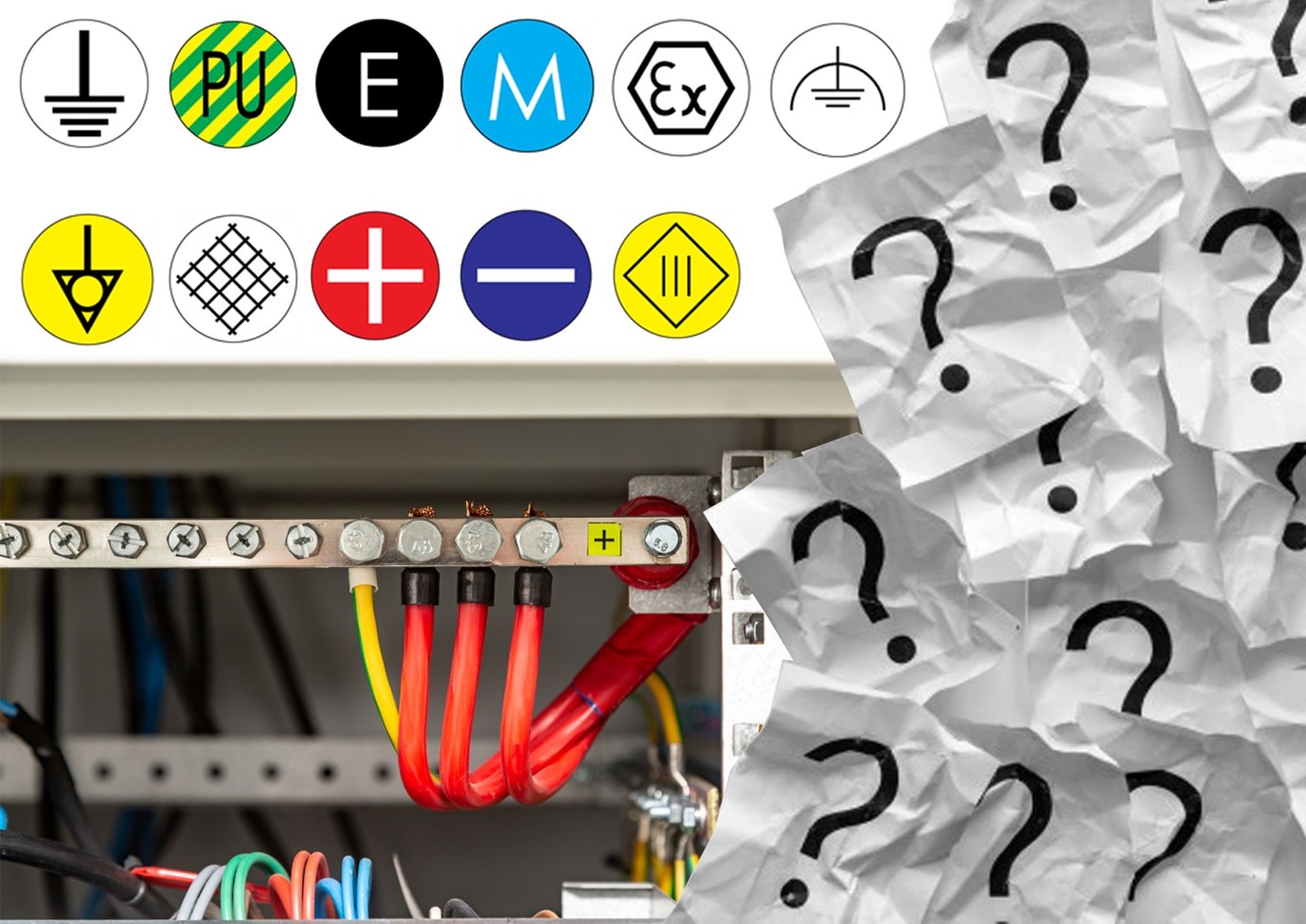
Electrical safety in the workplace is becoming an increasing concern. As workplaces modernise, so does their reliance on electrical equipment. Now, every workplace needs some form of electrical hazards and control measures, from posters to labels to training.
If you are an employer, you need to know how to avoid electrical hazards in your workplace. Below, we list some of the most common electrical hazards in the workplace and put your knowledge to the test on how best to avoid them. Simply pick which answer you think fits best and find out how much you really know.
Problem: PAT Testing
All electrical appliances in the workplace must be PAT tested with a PAT test label. However, what does a PAT test look at?
- Insulation resistance, polarity and continuity.
- The voltage.
- The quality of wiring.
- How dangerous an appliance is.
Problem: High-Voltage Wiring
Let’s say a workplace uses high-voltage wiring which employees pass by nearly every day. What precautions should an employer take? How far should these precautions go? Should an employer:
- Tell employees to avoid the high-voltage wiring and inform them of the dangers.
- Display voltage markers around the area.
- Display voltage markers and electric warning labels near appliances, as well as deliver training.
- Do nothing – the odds of someone getting hurt is pretty low anyway.
- Use Wiring Regulations (BS 7671) labels
Problem: Fuse Ratings
Fuse ratings are central to safety, with many appliances requiring a fuse rating label. However, do you know why fuse ratings are important?
- They’re not – it’s just stuff for electricians to fuss over.
- They help to identify the type of electrical appliance being used, as well as information on grounding, voltages and currents to help with maintenance.
- They refer to how powerful an appliance is.
- They refer to how long an electrical appliance will last.
Problem: Inspections
A low-voltage appliance in the workplace requires inspection every few years. How do you ensure this is done on time and is it an employer’s responsibility? Do you:
- Make a note of it in an inspection spreadsheet. You’ll remember to check it on time. Promise.
- Pass the responsibility onto the person who uses the appliance the most – they’re more likely to remember.
- Stick a load of warning labels on there.
- Use an installation inspection label as well as appropriate paperwork.
Problem: Electric Shocks
Many workplaces, despite the best efforts of employers and safety legislation, still carry a risk of electric shocks occurring. To anticipate these accidents in advance, how should a workplace prepare?
- Train members of the team to be first-aid responders, and ensure every member knows the risks of electricity.
- Establish emergency procedures in case electric shocks occur.
- Utilise electric shock notices and other health & safety posters to keep employees reminded of the risks.
- Allow for regular inspections of equipment and procedures to keep employees as safe as possible.
- All of the above.
Put Your Electric Hazard Knowledge Into Practice
Overall, employers and businesses need to stay adrift of electrical best practice. All workplaces deal with electricity in some way, and the more you know about it, the better you can protect your employees.
Learning how to prevent electrical hazards in the workplace isn’t optional. Put your new-found knowledge into practice with our electrical hazard labels today.
Correct answers –
1) A. Got this wrong? The brush up on your knowledge here: How to Conduct a PAT Test
2) C. Incorrect answer? Read more here: Voltage Labels: Prevent Electric Shocks
3) B. Read more: Don't Be Shocked! The Importance of Electric Shock Notices
4) D. Further information: The Importance of Electrical Inspection Labels
5) E. Further reading: Electric Shock Notices: Be Safe Around High-Voltage Hazards!